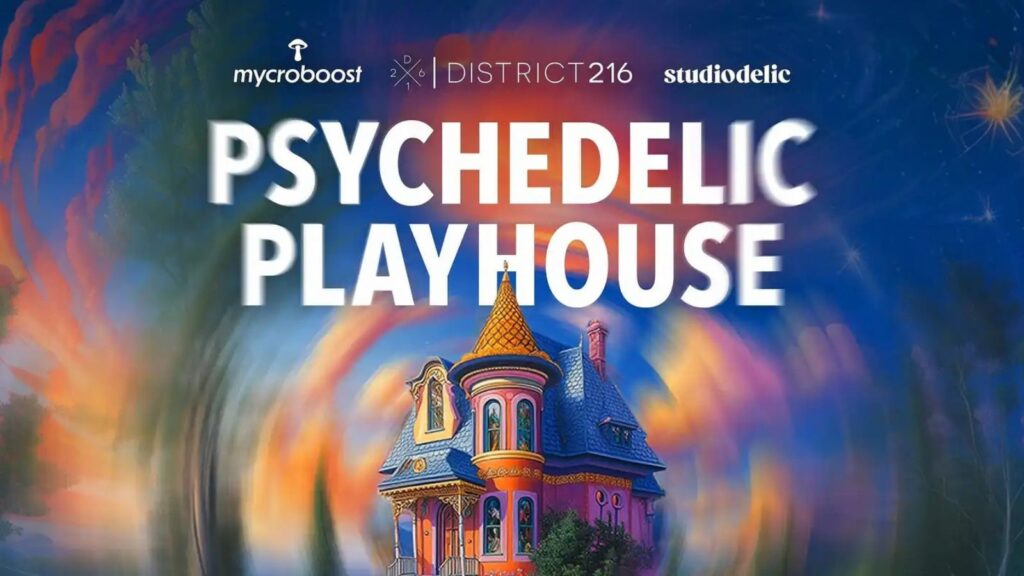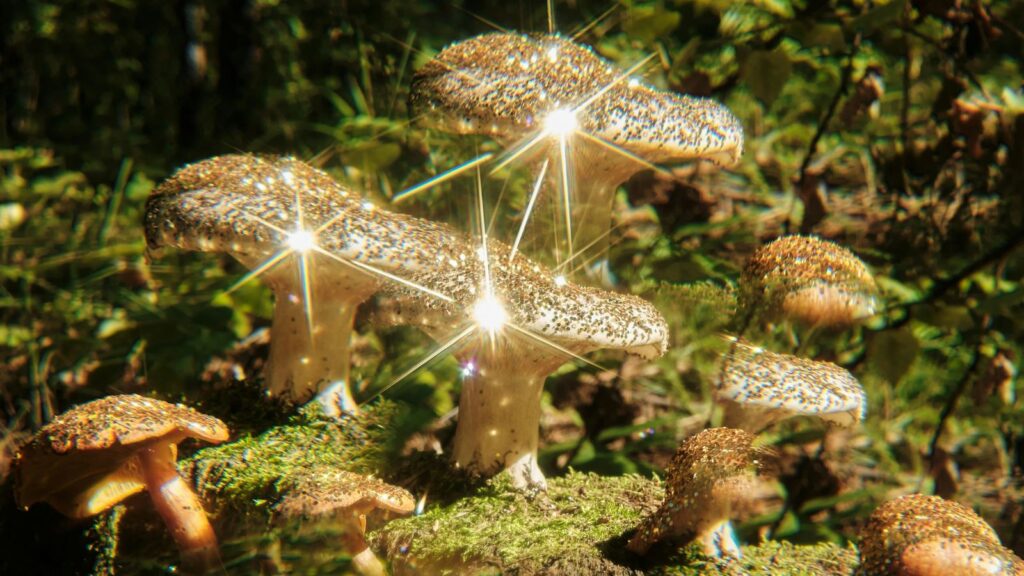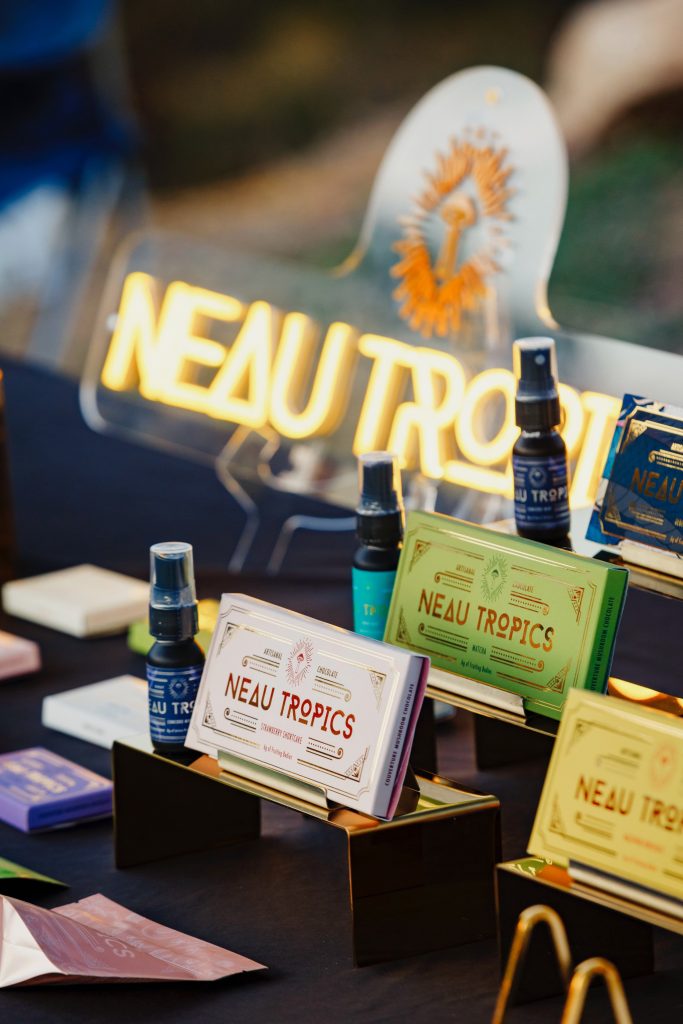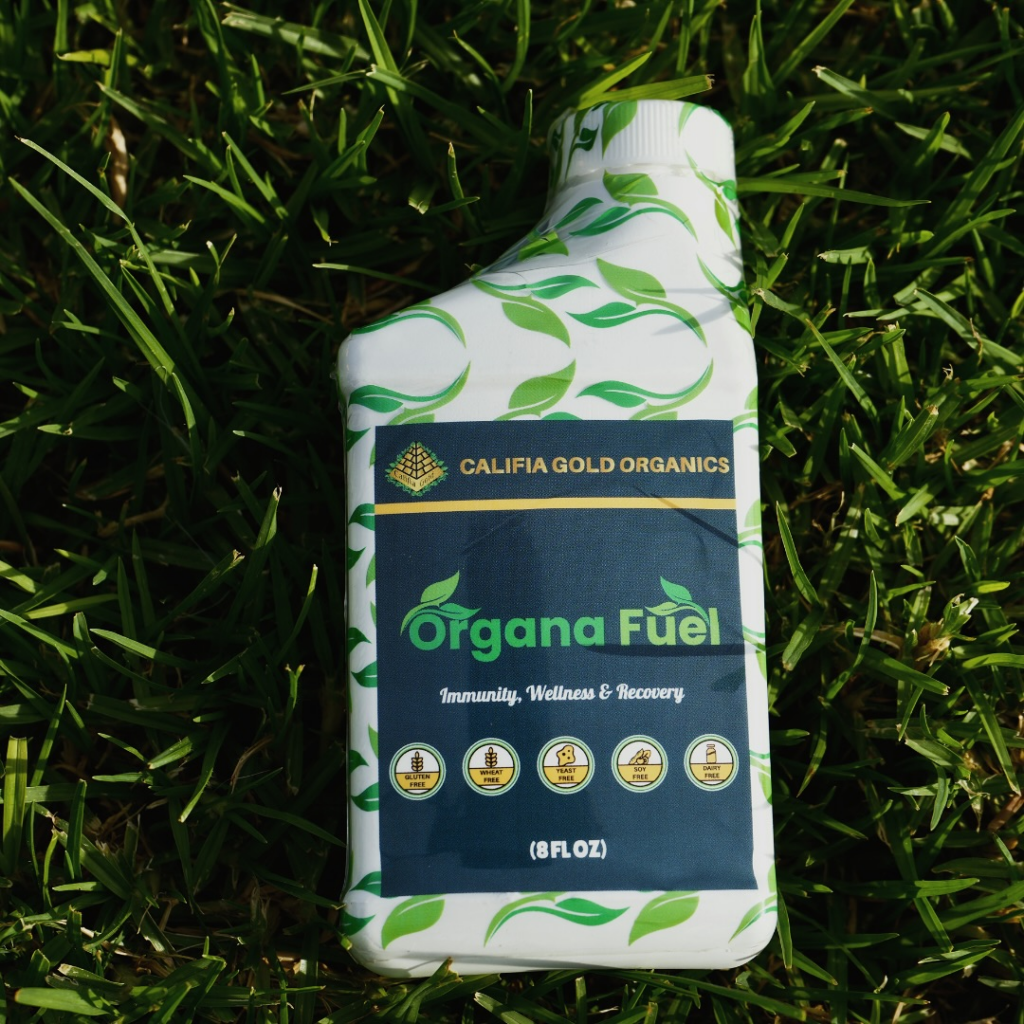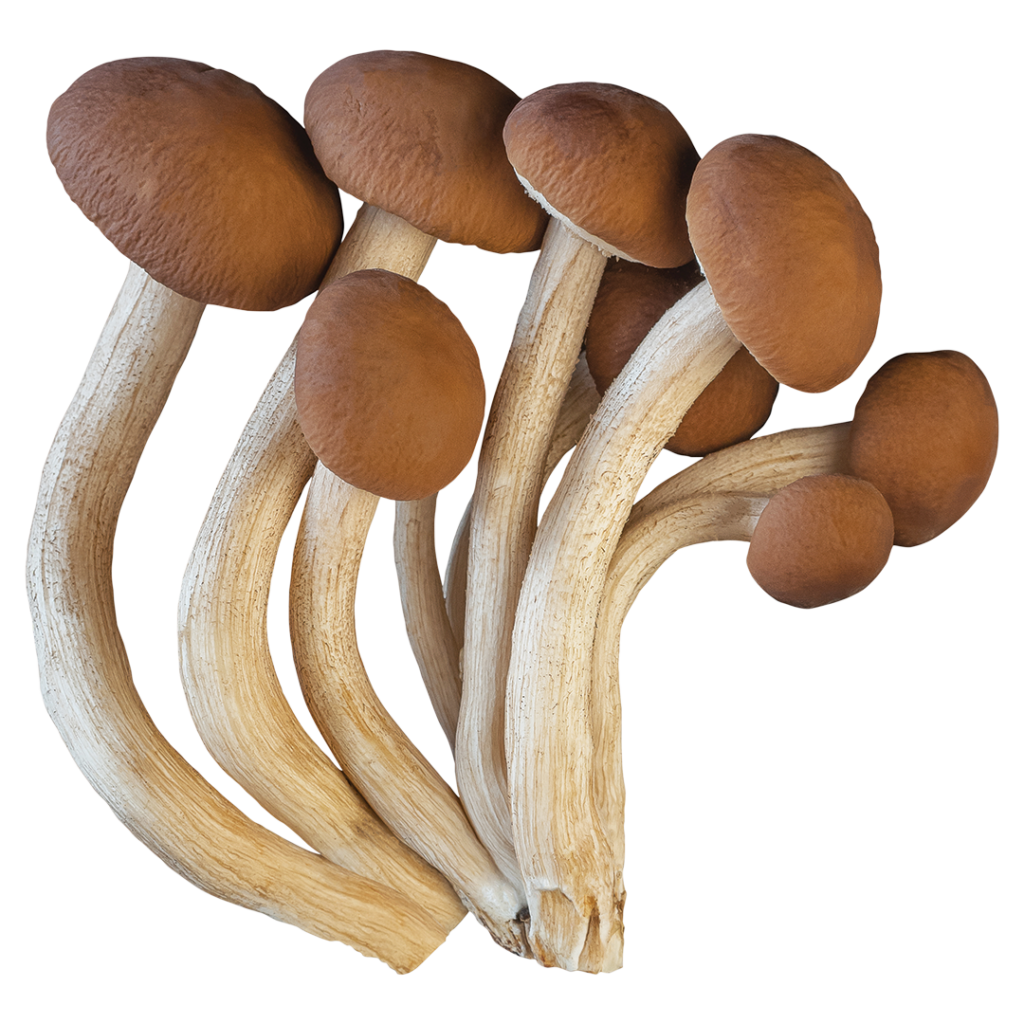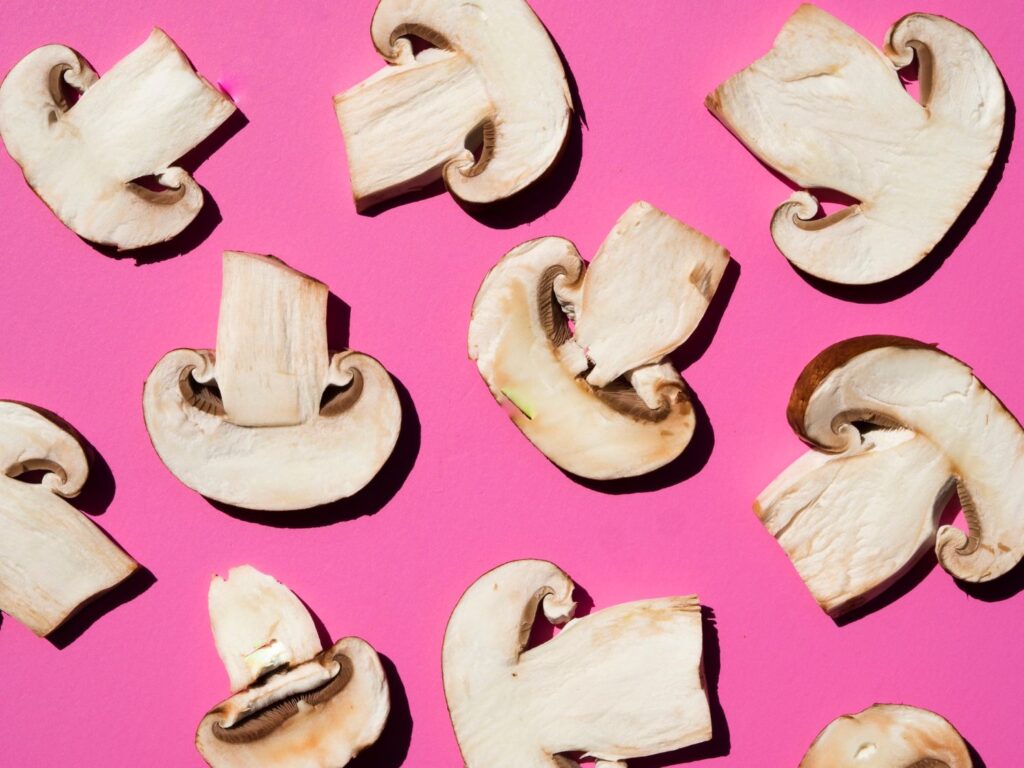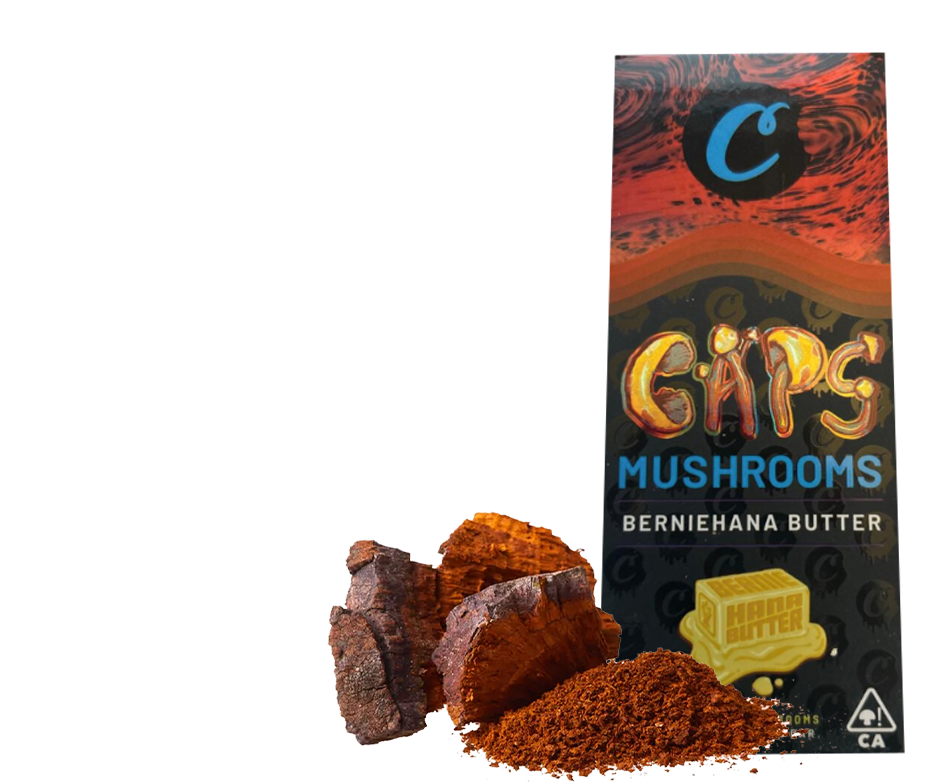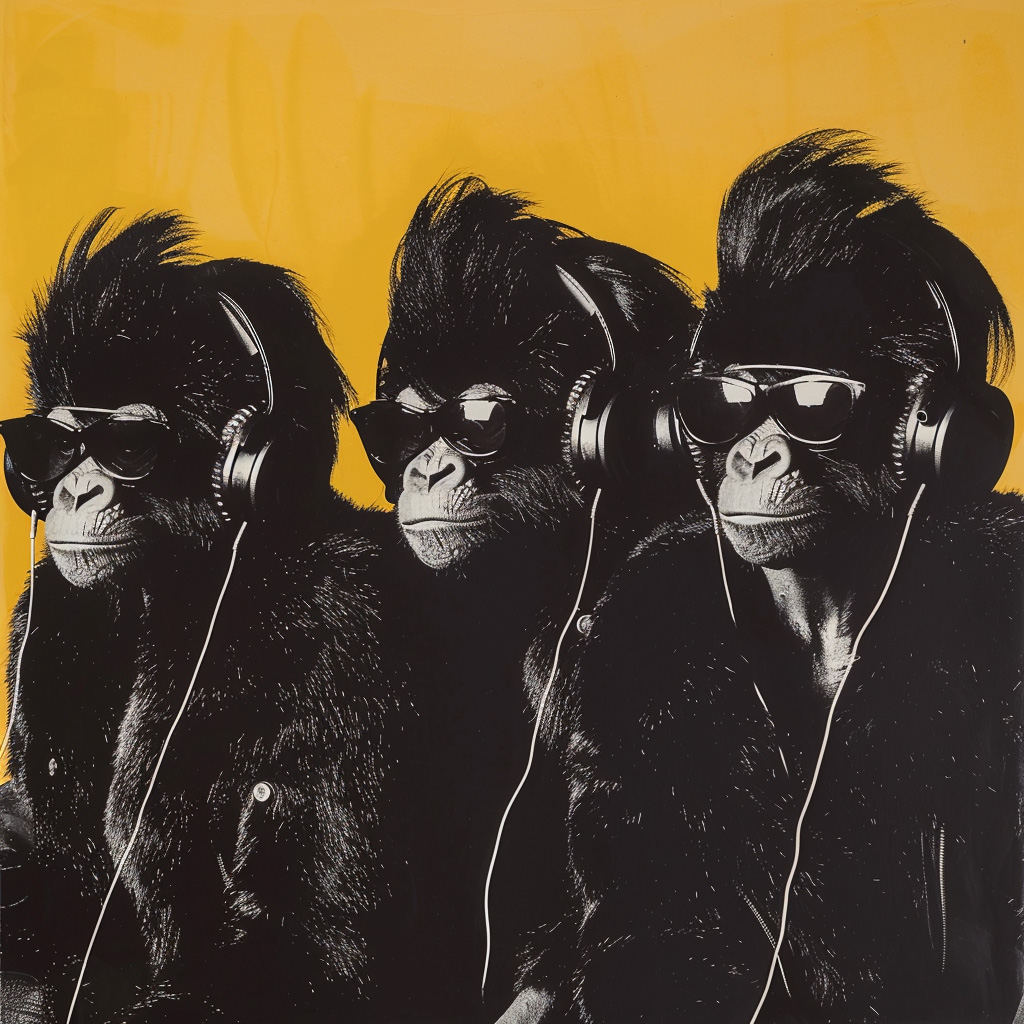The following is the ninth installment from Sacred Economics: Money, Gift, and Society in the Age of Transition, available from EVOLVER EDITIONS/North Atlantic Books. You can read the Introduction here, and visit the Sacred Economics homepage here.
For at least another hundred years we must pretend to
ourselves and to everyone that fair is foul and foul is fair; for foul is
useful and fair is not. Avarice and usury and precaution must be our gods for a
little longer still. –John Maynard Keynes (1931)
Money: Story and
Magic
As the economic meltdown proceeds to its next phase, we
begin to see the unreality of much we thought real. The verities of two
generations become uncertain, and despite a lingering hope that a return to
normalcy is just around the corner — "by the middle of 2012" or "more slowly than
expected" — the realization is dawning that normal isn't coming back.
When faced with an
abrupt shift in personal reality, whether the death of a loved one, or the Gestapo
coming into town, human beings usually react first with denial. My first
response when tragedy hits is usually, "I can't believe this is happening!" I
was not surprised, then, that our political and corporate leaders spent a long
time denying that a crisis was underway. Consider some quotes from 2007: "The
country's economic fundamentals are sound," said George W. Bush. "I don't see
subprime mortgage market troubles imposing a serious problem. I think it's
going to be largely contained," said Secretary of the Treasury Henry Paulson.
"A recession is unlikely." "We are experiencing a correction in the housing
sector." "America is not in recession." "It is likely that housing prices won't
recover until early 2009." Today, as well, the authorities are "predicting"
(but really, trying to speak into existence) economic growth of over 5 percent
over the period 2010-2015.1
Of course, many of
these pronouncements were insincere efforts at perception management. The
authorities hoped that by controlling the public perception of reality, they
could control reality itself — that by the manipulation of symbols they could
manipulate the reality they represent. This, in essence, is what
anthropologists call "magico-religious thinking." It is not without reason that
our financial elites have been called a priesthood. Donning ceremonial garb,
speaking an arcane language, wielding mysterious inscriptions, they can with a
mere word, or a mere stroke of a pen, cause fortunes and nations to rise and
fall.
You see, magico-religious
thinking normally works. Whether it is a shamanic rite, the signing of an
appropriations bill, or the posting of an account balance, when a ritual is
embedded in a story that people believe, they act accordingly, playing out the
roles the story assigns to them, and responding to the reality the story
establishes. In former times, when a shamanic rite was seen to have failed,
everyone knew this was a momentous event, signaling the End of the World, a
shift in what was real and what was not, the end of the old Story of the People
and the beginning, perhaps, of a new. What, from this perspective, is the
significance of the accelerating failure of the rites of finance?
Some would scoff at
primitive cave-dwellers who imagined that their representations of animals on
cave walls could magically affect the hunt. Yet today we produce our own
talismans, our own systems of magic symbology, and indeed affect physical
reality through them. A few numbers change here and there, and thousands of
workers erect a skyscraper. Some other numbers change, and a venerable business
shuts its doors. The foreign debt of a Third World country, again mere numbers
in a computer, consigns its people to endless enslavement producing commodity
goods that are shipped abroad. College students, ridden with anxiety, deny
their dreams and hurry into the workforce to pay off their student loans, their
very will subject to a piece of paper with magical symbols ("Account
Statement") sent to them once every moon, like some magical chit in a voodoo
cult.2 These slips of
paper that we call money, these electronic blips, bear a potent magic indeed!
How does magic work?
Rituals and talismans affirm and perpetuate the consensus stories we all
participate in, stories that form our reality, coordinate our labor, and
organize our lives. Only in exceptional times do they stop working: the times
of a breakdown in the story of the people. We are entering such times today.
The economic measures enacted to contain the crisis that began in 2008 have
worked only temporarily. They don't go deep enough. The only reform that can
possibly be effective will be one that embodies, affirms, and perpetuates a new
story of the people. To see what that story might be, let us dig down through
the layers of failing realities and their relationship to money.
When the government's
first response to the 2008 crisis — denial — proved futile, the Federal Reserve and
Treasury Department tried another sort of perception management. Deploying
their arsenal of mystical incantations, they signaled that the government would
not allow major financial institutions such as Fannie Mae to fail. They hoped
that their assurances would be enough to maintain confidence in the assets that
depended on these firms' continued solvency and prosperity. It would have
worked if the story these symbolic measures invoked were not already broken.
But it was. Specifically, what was broken was the story assigning value to
mortgage-backed securities and other derivatives based on unrepayable loans.
Unlike camels or bushels of grain, but like all modern currencies, these have
value only because people believe they have value. Moreover, this is not an
isolated belief, but is inextricably linked with millions of other beliefs,
conventions, habits, agreements, and rituals.
The next step was to
begin injecting massive amounts of cash into failing financial institutions,
either in exchange for equity (effectively nationalizing them, as in the case
of Fannie Mae, Freddie Mac, and AIG) or in exchange for essentially nothing
whatsoever, as in the TARP program. In the latter, the Treasury Department
guaranteed or bought banks' toxic assets in hopes of improving their balance
sheets so that they would start lending again, thus keeping the credit bubble
expanding. It didn't work. The banks just kept the money (except what they paid
to their own executives as bonuses) as a hedge against their exposure to untold
quantities of additional bad assets, or they used it to acquire smaller,
healthier banks. They weren't about to lend more to consumers who were already
maxed out, nor to overleveraged businesses in the teeth of a recession.
Property values continued to fall, credit default rates continued to rise, and
the whole edifice of derivative assets built upon them continued to crumble.
Consumption and business activity plummeted, unemployment skyrocketed, and
people in Europe began rioting in the streets. And why? Just because some
numbers changed in some computers. It is truly amazing. It only makes sense
when you see these numbers as talismans embodying agreements. A supplier digs
minerals out of the ground and sends them to a factory, in exchange for what?
For a few slips of paper, or more likely, in exchange for some bits flipping in
a computer, which can only happen with the permission of a bank (that "provides
credit").
Before we become too
alarmed about the giveaways of trillions upon trillions of dollars to the
wealthy, let us touch back again on the reality of money. What actually happens
when this money is given away? Almost nothing happens. What happens is that
bits change in computers, and the few people who understand the interpretations
of those bits declare that money has been transferred. Those bits are the
symbolic representation of an agreement about a story. This story includes who
is rich and who is poor, who owns and who owes. It is said that our children
and grandchildren will be paying these bailout and stimulus debts, but they
could also simply be declared into nonexistence. They are only as real as the
story we agree on that contains them. Our grandchildren will pay them only if
the story, the system of meanings, that defines those debts still exists. But I
think more and more people sense that the federal debt, the U.S. foreign debt,
and a lot of our private mortgage and credit card debts will never be repaid.
We think that those
Wall Street tycoons absconded with billions, but what are these billions? They
too are numbers in computers, and could theoretically be erased by fiat. The
same with the money that America owes China or that Third World nations owe the
banks. It could be gone with a simple declaration. We can thus understand the
massive giveaways of money in the various financial rescue programs as yet
another exercise in perception management, though this time it is an
unconscious exercise. These giveaways are ritual acts that attempt to
perpetuate a story, a matrix of agreements, and the human activities that
surround it. They are an attempt to uphold the magical power of the voodoo
chits that keep the college grad on a career path and the middle-aged man
enslaved to his mortgage-that give the power to a few to move literal mountains
while keeping the many in chains.
Speaking of China, it
is instructive to look at the physical reality underlying the trade imbalance.
Basically what is happening is that China is shipping us vast quantities of
stuff — clothes, toys, electronics, nearly everything in Wal-Mart — and in return
we rearrange some bits in some computers. Meanwhile, Chinese laborers work just
as hard as we do, yet their day's wages buy much less. In the old days of
explicit empires, China would have been called a "vassal state" and the stuff
it sends us would have been called "tribute."3 Yet China too will do everything it can to sustain the
present Story of Money, for essentially the same reason we do: its elites
benefit from it. It is just as in Ancient Rome. The elites of the imperial
capital and the provinces prosper at the expense of the misery of the people,
which increases over time. To mollify them and keep them docile and stupid, the
masses are provided with bread and circuses: cheap food, cheap thrills,
celebrity news, and the Super Bowl.
Whether we declare it
to end, or whether it ends of its own accord, the story of money will bring
down a lot with it. That is why the United States won't simply default on its
debt. If it did, then the story under which the Middle East ships us its oil,
Japan its electronics, India its textiles, and China its plastic would come to
an end. Unfortunately, or rather fortunately, that story cannot be saved
forever. The fundamental reason is that it depends on the maintenance of
exponentially growing debt in a finite world.
When money evaporates
as it is doing in the current cycle of debt deflation, little changes right
away in the physical world. Stacks of currency do not go up in flames;
factories do not blow up; engines do not grind to a halt; oil wells do not run
dry; people's economic skills do not disappear. All of the materials and skills
that are exchanged in human economy, upon which we rely for food, shelter,
transportation, entertainment, and so on, still exist as before. What has
disappeared is our capacity to coordinate our activities and focus our common
efforts. We can still envision a new airport, but we can no longer build it.
The magic talisman by which the pronouncement "An airport shall be built here"
crystallizes into material reality has lost its power. Human hands, minds, and
machinery retain all their capacities, yet we can no longer do what we once
could do. The only thing that has changed is our perceptions.
We can therefore see
the bailouts, quantitative easing, and the other financial measures to save the
economy as further exercises in perception management, but on a deeper, less
conscious level. Because what is money, anyway? Money is merely a social
agreement, a story that assigns meaning and roles. The classical definition of
money-a medium of exchange, a store of value, a unit of account-describes what
money does, but not what it is. Physically, it is now next to nothing.
Socially, it is next to everything: the primary agent for the coordination of
human activity and the focusing of collective human intention.
The government's
deployment of trillions of dollars in money is little different from its
earlier deployment of empty words. Both are nothing but the manipulation of
various types of symbols, and both have failed for an identical reason: the
story they are trying to perpetuate has run its course. The normalcy we took as
normal was unsustainable.
It was unsustainable
on two levels. The first level of "normal" is the debt pyramid, the exponential
growth of money that inevitably outstrips the real economy. The solution at
this level is what liberal economists (usually identifying themselves as
Keynesians) propose: wealth redistribution, fiscal stimulus, debt write-downs,
and so forth. Through these they hope to reignite economic growth-the second
"normal" that is coming to an end.
Humanity's
Coming-of-Age Ordeal
The story that is ending in our time, then, goes much deeper
than the story of money. I call this story the Ascent of Humanity. It is a
story of endless growth, and the money system we have today is an embodiment of
that story, enabling and propelling the conversion of the natural realm into
the human realm. It began millennia ago, when humans first tamed fire and made
tools; it accelerated when we applied these tools to the domestication of
animals and plants and began to conquer the wild, to make the world ours. It
reached its glorious zenith in the age of the Machine, when we created a wholly
artificial world, harnessing all the forces of nature and imagining ourselves
to be its lords and possessors. And now, that story is drawing to a close as
the inexorable realization dawns that the story is not true. Despite our
pretenses, the world is not really ours; despite our illusions, we are not in
control of it. As the unintended consequences of technology proliferate, as our
communities, our health, and the ecological basis of civilization deteriorate,
as we explore new depths of misery, violence, and alienation, we enter the
story's final stages: crisis, climax, and denouement. The rituals of our
storytellers are to no avail. No story can persist beyond its ending.
Just as life does not
end with adolescence, neither does civilization's evolution stop with the end
of growth. We are in the midst of a transition parallel to an adolescent's
transition into adulthood. Physical growth ceases, and vital resources turn
inward to foster growth in other realms.
Two key developments
mark the transition from childhood to adulthood, whether on the individual or
the species level. The first is that we fall in love, and this love
relationship is different from that of the child to the mother. In childhood,
the primary aspect of the love relationship is that of receiving. I am happy to
give all I can to my children, and I want them to receive it without restraint.
It is right for a child to do what is necessary to grow, both physically and
mentally. A good parent provides the resources for this growth, as our Mother
Earth has done for us.
So far, we humans have
been children in relationship to earth. We began in the womb of hunter-gatherer
existence, in which we made no distinction between human and nature, but were
enwombed within it. An infant does not have a strong self-other distinction,
but takes time to form an identity and an ego and to learn that the world is
not an extension of the self. So it has been for humanity collectively. Whereas
the hunter-gatherer had no concept of a separate "nature" distinct from
"human," the agriculturist, whose livelihood depended on the objectification
and manipulation of nature, came to think of nature as a separate category. In
the childhood of agricultural civilization, humanity developed a separate
identity and grew large. We had our adolescent growth spurt with industry, and
on the mental plane entered through Cartesian science the extreme of
separation, the fully developed ego and hyperrationality of the young teenager
who, like humanity in the Age of Science, completes the stage of cognitive
development known as "formal operations," consisting of the manipulation of
abstractions. But as the extreme of yang contains the birth of yin, so does the
extreme of separation contain the seed of what comes next: reunion.
In adolescence, we
fall in love, and our world of perfect reason and perfect selfishness falls
apart as the self expands to include the beloved within its bounds. A new kind
of love relationship emerges: not just one of receiving, but of giving too, and
of cocreating. Fully individuated from the Other, we can fall in love with it
and experience a reunion greater than the original union, for it contains
within it the entire journey of separation.
The first mass
awakening of the new love consciousness happened in the 1960s with the birth of
the environmental movement. At the pinnacle of our separation, triumphantly
surveying our apparent conquest of nature, we began to notice how much she had
given; we became aware of her hurts, her wounds, and we began to desire not
only to take from earth, but to give to earth too, to protect and cherish her.
This desire was not based on a fear of extinction-that came later-but on love.
We were falling in love with the earth. In that decade, the first photographs
of this planet were beamed down from orbiting satellites, and we were
transformed by the planet's beauty. To view earth from the outside was the
penultimate step of separation from nature; the ultimate step was the ascension
of the astronauts, physically leaving nature behind. And they fell in love with
earth too. Here are the words of astronaut Rusty Schweickart:
From the moon, the Earth is so small and so fragile,
and such a precious little spot in that Universe, that you can block it out
with your thumb. Then you realize that on that spot, that little blue and white
thing, is everything that means anything to you — all of history and music and
poetry and art and death and birth and love, tears, joy, games, all of it right
there on that little spot that you can cover with your thumb. And you realize
from that perspective that you've changed forever, that there is something new
there, that the relationship is no longer what it was.
The second hallmark of
the transition to adulthood is an ordeal. Ancient tribal cultures had various
coming-of-age ceremonies and ordeals that purposely shattered the smaller
identity through isolation, pain, fasting, psychedelic plants, or other means,
and then rebuilt and reincorporated it into a larger, transpersonal identity.
Though we intuitively seek them out in the form of drinking, drugs, fraternity
and military hazing, and so on, modern men and women usually have only a
partial experience of this process, leaving us in a kind of perpetual
adolescence that ends only when fate intervenes to tear our world apart. Then
we can enter a wider self, in which giving comes just as naturally as
receiving. Having completed the passage to adulthood, a man or woman takes full
possession of his or her gifts and seeks to contribute to the good of all as a
full member of the tribe.
Humanity is undergoing
an analogous ordeal today. The multiple crises converging upon us are an ordeal
that challenges our very identity, an ordeal that we have no assurance of even
surviving. It calls forth unrealized capacities and compels us to relate to the
world in a new way. The despair that sensitive people feel in the face of the
crisis is part of the ordeal.4
Like a tribal initiate, when we as a species emerge from it, we too will join
the community of all being as a full member of the "tribe" of life. Our unique
capacities of technology and culture, we will turn to contribute to the good of
all.
In humanity's
childhood, a money system that embodied and demanded growth, the taking of more
and more from earth, was perhaps appropriate. It was an integral part of the
story of Ascent. Today it is rapidly becoming obsolete. It is incompatible with
adult love, with cocreative partnership, and with the graduation into the
estate of a Giver that comes with adulthood. That is the deep reason why no
financial or economic reform can possibly work that does not include a new kind
of money. The new money must embody a new story, one that treats nature not
only as a mother, but as a lover too. We will still have a need for money for a
long time to come because we need magical symbols to reify our Story of the
People, to apply it to the physical world as a creative template. The essential
character of money will not change: it will consist of magical talismans,
whether physical or electronic, through which we assign roles, focus intention,
and coordinate human activity.
The next part of this
book will discuss such a money system, as well as the economy and psychology
that will accompany it. There is a personal-some might say spiritual-dimension
to the metamorphosis of stories that we are entering. Today's usury-money is
part of a story of separation, in which "more for me is less for you." That is
the essence of interest: I will only "share" money with you if I end up with
even more of it in return. On the systemic level as well, interest on money
creates competition, anxiety, and the polarization of wealth. Meanwhile, the
phrase "more for me is less for you" is also the motto of the ego, and a truism
given the discrete and separate self of modern economics, biology, and
philosophy.
Only when our sense of
self expands to include others, through love, is that truism replaced by its
opposite: "More for you is also more for me." This is the essential truth
embodied in the world's authentic spiritual teachings, from Jesus's Golden
Rule, which has been misconstrued and should read, "As you do unto others, so
also you do unto yourself," to the Buddhist doctrine of karma. However, to merely
understand and agree with these teachings is not enough; many of us bear a
divide between what we believe and what we live. An actual transformation in
the way we experience being is necessary, and such a transformation
usually comes about in much the same way as our collective transformation is
happening now: through a collapse of the old Story of Self and Story of the
World, and the birth of a new one. For the self, too, is ultimately a story,
with a beginning and an end. Have you ever gone through an experience that
leaves you, afterward, hardly knowing who you are?
The mature, connected
self, the self of interbeingness, comes into a balance between giving and
receiving. In that state, whether you are a person or an entire species, you
give according to your abilities and, linked with others of like spirit, you
receive according to your needs.
Not coincidentally, I
have just paraphrased a fundamental tenet of socialism: "From each according to
his abilities, to each according to his needs." This is a good description of
any gift network, whether a human body, an ecosystem, or a tribal gift culture.
As I will describe, it is also a good description of a sacred economy. Its
currency contributes to a very different Story of the People, of the Self, and of
the World than usury-money. It is cyclical rather than exponential, always
returning to its source; it encourages the protection and enrichment of nature,
not its depletion; it redefines wealth as a function of one's generosity and
not one's accumulation; it is the manifestation of abundance, not scarcity. It
has the potential to recreate the gift dynamics of primitive societies on a
global scale, bringing forth human gifts and directing them toward planetary
needs.
I remember as a
teenager reading Ayn Rand's Atlas Shrugged, whose black-and-white characters, hyperrationality, and moral
absolutism appealed strongly to my adolescent mind. The book is a manifesto of
the discrete and separate self, the mercenary ego, and it appeals to adolescent
minds to this day. The book devoted its most vitriolic ridicule to the phrase
"From each according to his abilities, to each according to his needs,"
painting a picture of people outdoing each other in their postures of neediness
so as to be allotted a greater share of resources, while producers had no
motivation to produce. This scenario, which was in certain respects played out
in the Communist block, echoes a primal fear of the scarcity-conditioned modern
self — what if I give and receive nothing in return? This desire of an assurance
of return, a compensation for the risk of generosity, is the fundamental
mind-set of interest, an adolescent mind-set to be superseded by a more
expansive adult self that has matured into full membership in the community of
being. We are here to express our gifts; it is among our deepest desires, and
we cannot be fully alive otherwise.
Most needs have been
monetized, while the amount of labor needed to meet those monetized needs is
falling. Therefore, in order for human gifts to receive their full expression,
all this excess human creativity must therefore turn elsewhere, toward needs or
purposes that are inimical to the money of Separation. For without a doubt the
regime of money has destroyed, and continues to destroy, much that is beautiful — indeed,
every public good that cannot be made private. Here are a few examples: a
starry night sky free of light pollution; a countryside free of road noise; a
vibrant multicultural local urban economy; unpolluted lakes, rivers, and seas;
the ecological basis of human civilization. Many of us have gifts that would
contribute to all of these things, yet no one will pay us to give them. That's
because money as we know it ultimately rests on converting the public into the
private. The new money will encourage the opposite, and the conflict between
our ideals and practical financial reality will end.
Usury-money is the
money of growth, and it was perfect for humanity's growth stage on earth and
for the story of Ascent, of dominance and mastery. The next stage is one of
cocreative partnership with earth. The Story of the People for this new stage
is coming together right now. Its weavers are the visionaries of fields like
permaculture, holistic medicine, renewable energy, mycoremediation, local
currencies, restorative justice, attachment parenting, and a million more. To
undo the damage that the Age of Usury has wrought on nature, culture, health,
and spirit will require all the gifts that make us human, and indeed is so
impossibly demanding that it will take those gifts to a new level of
development.
This might seem
hopelessly naive, vague, and idealistic. I have drawn out some of the logic in The
Ascent of Humanity and will flesh it out in greater detail in the second
half of this book. For now, weigh the competing voices of your idealism and
your cynicism, and ask yourself, "Can I bear to settle for anything less?" Can
you bear to accept a world of great and growing ugliness? Can you stand to
believe that it is inevitable? You cannot. Such a belief will slowly but surely
kill your soul. The mind likes cynicism, its comfort and safety, and hesitates
to believe anything extraordinary, but the heart urges otherwise; it urges us
to beauty, and only by heeding its call can we dare create a new Story of the
People.
We are here to create something beautiful; I
call it "the more beautiful world our hearts tell us is possible." As the truth
of that sinks in, deeper and deeper, and as the convergence of crises pushes us
out of the old world, inevitably more and more people will live from that
truth: the truth that more for you is not less for me; the truth that what I do
unto you, so I do unto myself; the truth of living to give what you can and
take what you need. We can start doing it right now. We are afraid, but when we
do it for real, the world meets our needs and more. We then find that the story
of Separation, embodied in the money we have known, is not true and never was.
Yet the last ten millennia were not in vain. Sometimes it is necessary to live
a lie to its fullest before we are ready to take the next step into the truth.
The lie of separation in the age of usury is now complete. We have explored its
fullness, its farthest extremes, and seen all it has wrought, the deserts and
the prisons, the concentration camps and the wars, the wastage of the good, the
true, and the beautiful. Now, the capacities we have developed through this
long journey of ascent will serve us well in the imminent Age of Reunion.
1. U.S.
Department of the Treasury, "Annual Report on the Public Debt," June 2010.
2. This
is not to denigrate voodoo cults or to cite them as an example of primitive
mumbo jumbo. In fact, I don't want to denigrate mumbo jumbo either. Whether it
is the modern financial system or voodoo ritual, symbolic magic works by the
same essential principles. Our modern system of ritual differs little from the
primitive.
3.
Sometimes the power shifts to the vassal as the hegemonic power becomes
decadent and reliant on imported wealth to the point that it loses its own ability
to create wealth. It looks like this is happening with China today. Perhaps
China is only temporarily playing a vassal role in pursuit of another end.
4.
Actually, all is well: the crisis is exercising its evolutionary function. But
don't let that assuage your panic. All is well, but only because of our
perception that all is horribly wrong.
Image by Fotos_von_Carlos, courtesy of Creative Commons license.


